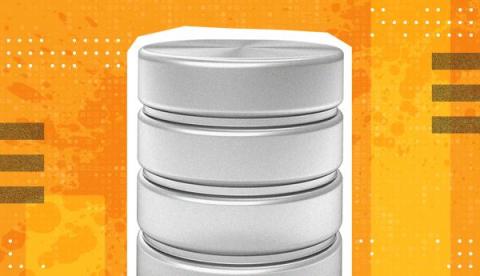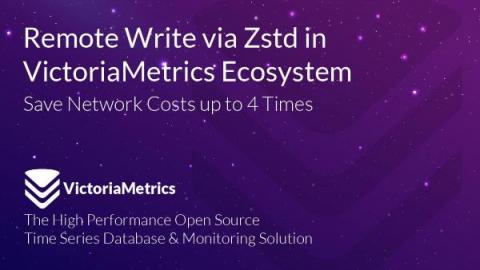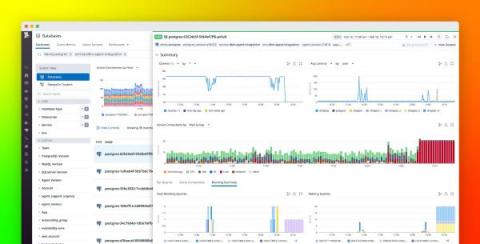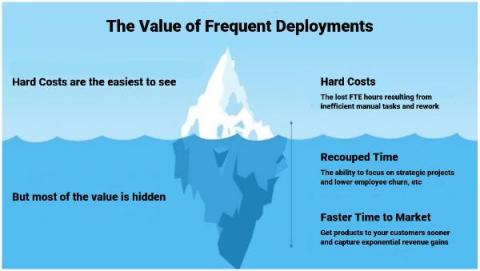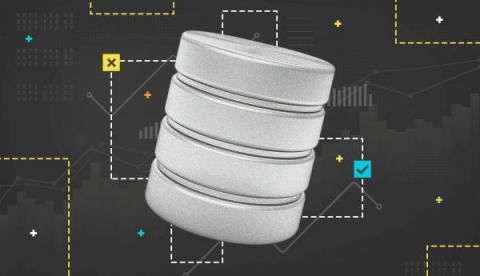How to Get the Current Date and Time in SQL
SQL databases have several functions that reduce the complexity of working with date and time. Using these functions and a date and time type column, you can depend on SQL for the logic to write and read data with date and time. In this post, you’ll learn how to use the SQL date and time functions to get the current date and time.




